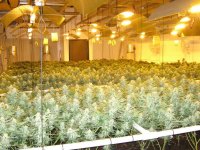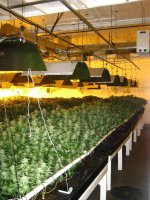over sizing is inefficient. an over sized system will cycle too often, dehumidify poorly, and filter poorly owing to short duty cycles. what do you think all that costs you?
the golden rule for sizing any hvac system is the manual j(for small systems) or similar approximations based on ASHRAE documentation.
the golden rule for sizing any hvac system is the manual j(for small systems) or similar approximations based on ASHRAE documentation.





